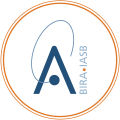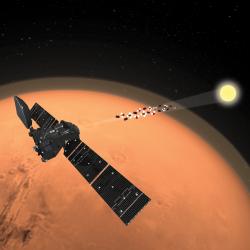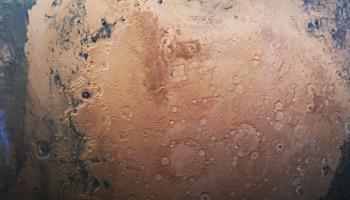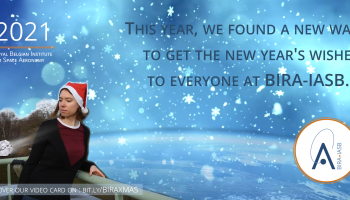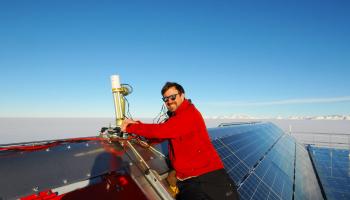ESA-Roscosmos ExoMars Trace Gas Orbiter has detected a new gas for the first time. Sea salt embedded in the dusty surface of Mars and lofted into the planet’s atmosphere has led to the discovery of hydrogen chloride. The spacecraft is also providing new information about how Mars is losing its water.
On board the European module of the International Space Station (ISS), January 26, 2021, will mark the end of two RUBI experiment sessions inside the Fluid Science Laboratory (FSL) rack. The FSL rack can host experiments for the study of the dynamics of fluids in space and RUBI — the Reference mUltiscale Boiling Investigation — is expanding our knowledge on the boiling process. At B.USOC (Belgian User Support and Operation Centre), the operators were in charge of this complex ESA instrument.
Stanford University has recently released a list that represents the top 2% of the most-cited scientists in the world in various disciplines. A total of 1413 Belgian scientists have made it into this world ranking, with 9 of them listed in the top 10 in their research field. One of the researchers who made it onto the list is from BIRA-IASB!
This year at BIRA-IASB, we developed a new scientifically robust method to connect everyone through the New Year's wishes and Season's Greetings. For in the face of adversity, all we need is a little ingenuity and perseverance !
Stay safe, and enjoy the holidays!
On November 28 of this year, BIRA-IASB scientist Alexis Merlaud arrived at the Belgian Princess Elisabeth polar station in Antarctica. His mission: to install two of our instruments to perform local ground measurements of aerosols in the atmosphere for the CLIMB project of the RMI (Royal Meteorological Institute).
RoadMap (for “ROle and impAct of Dust and clouds in the Martian AtmosPhere”), a brand new Horizon 2020 project, has just kicked off. Three years long an enthusiastic team of scientists and engineers from Belgium, Denmark, Germany, and Spain will work together to unravel some of the remaining Martian mysteries.
